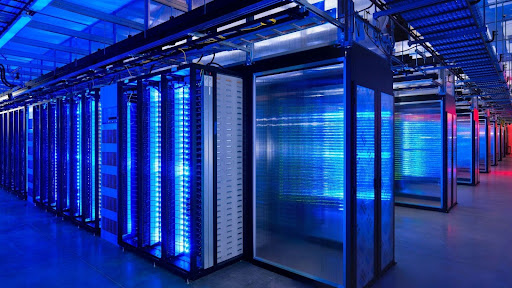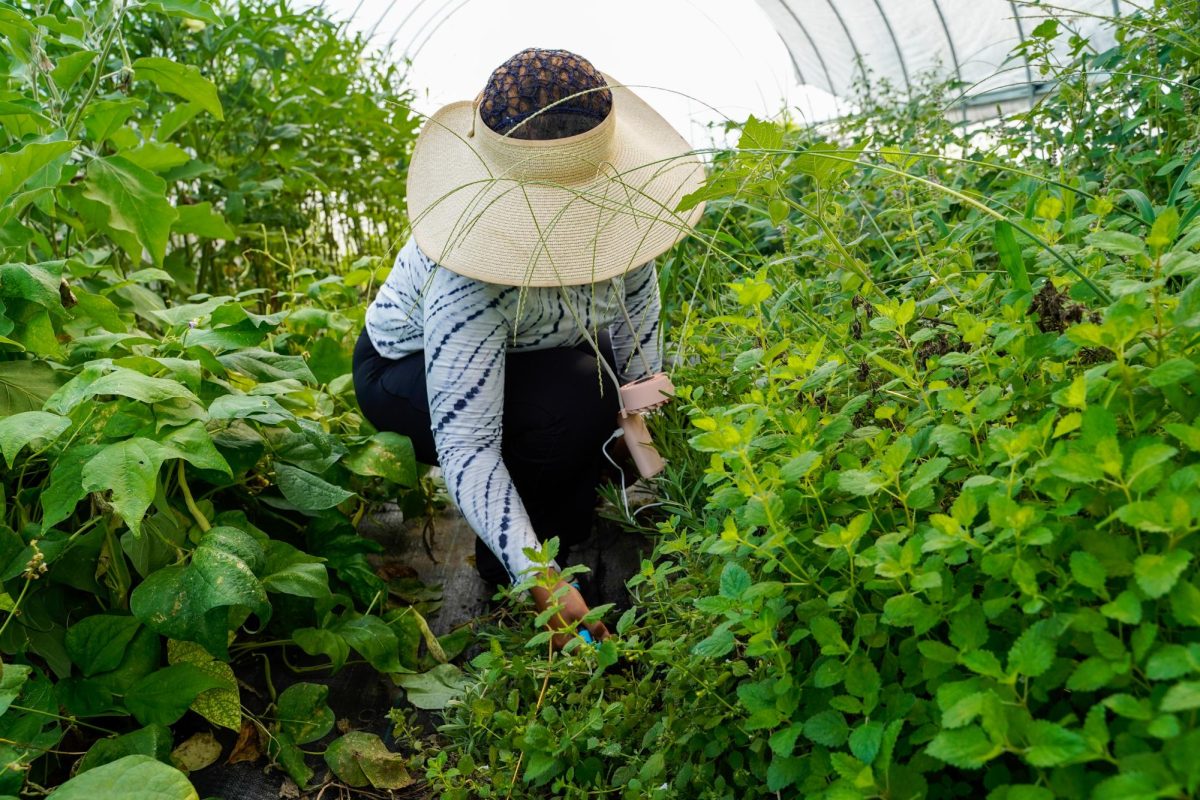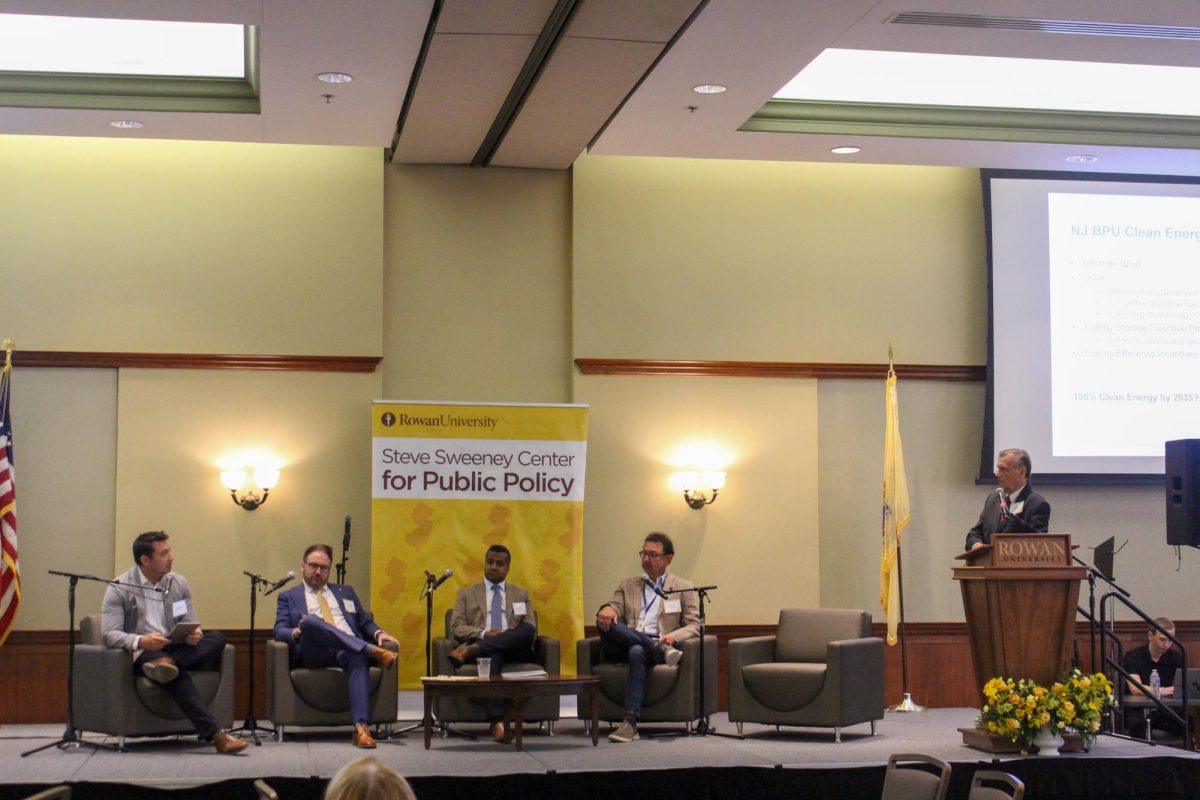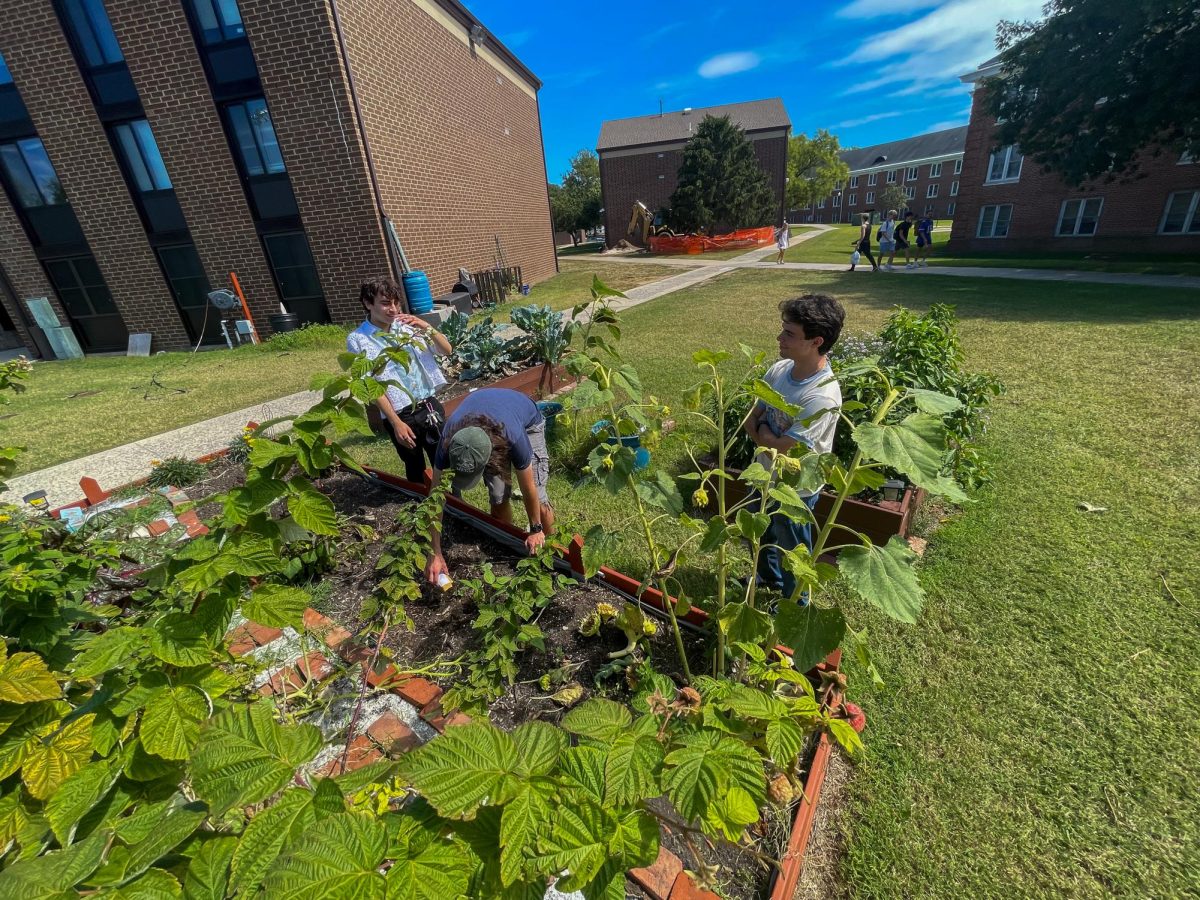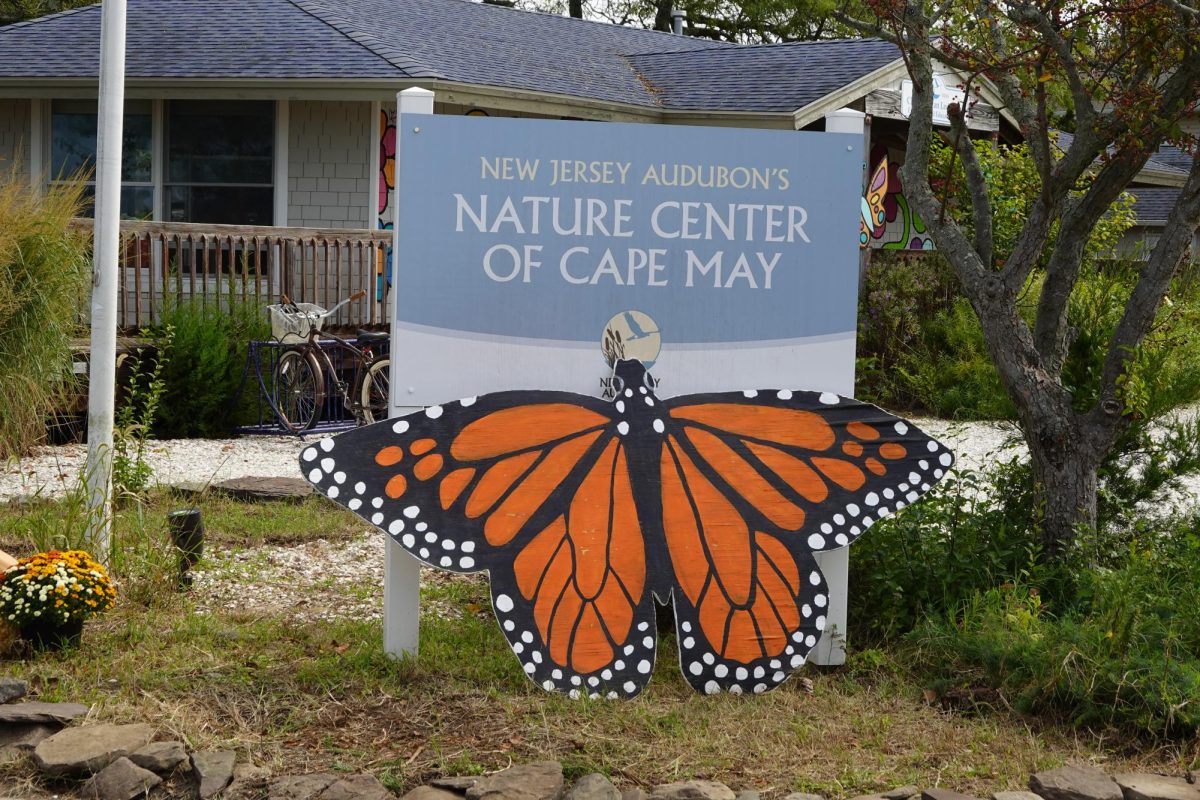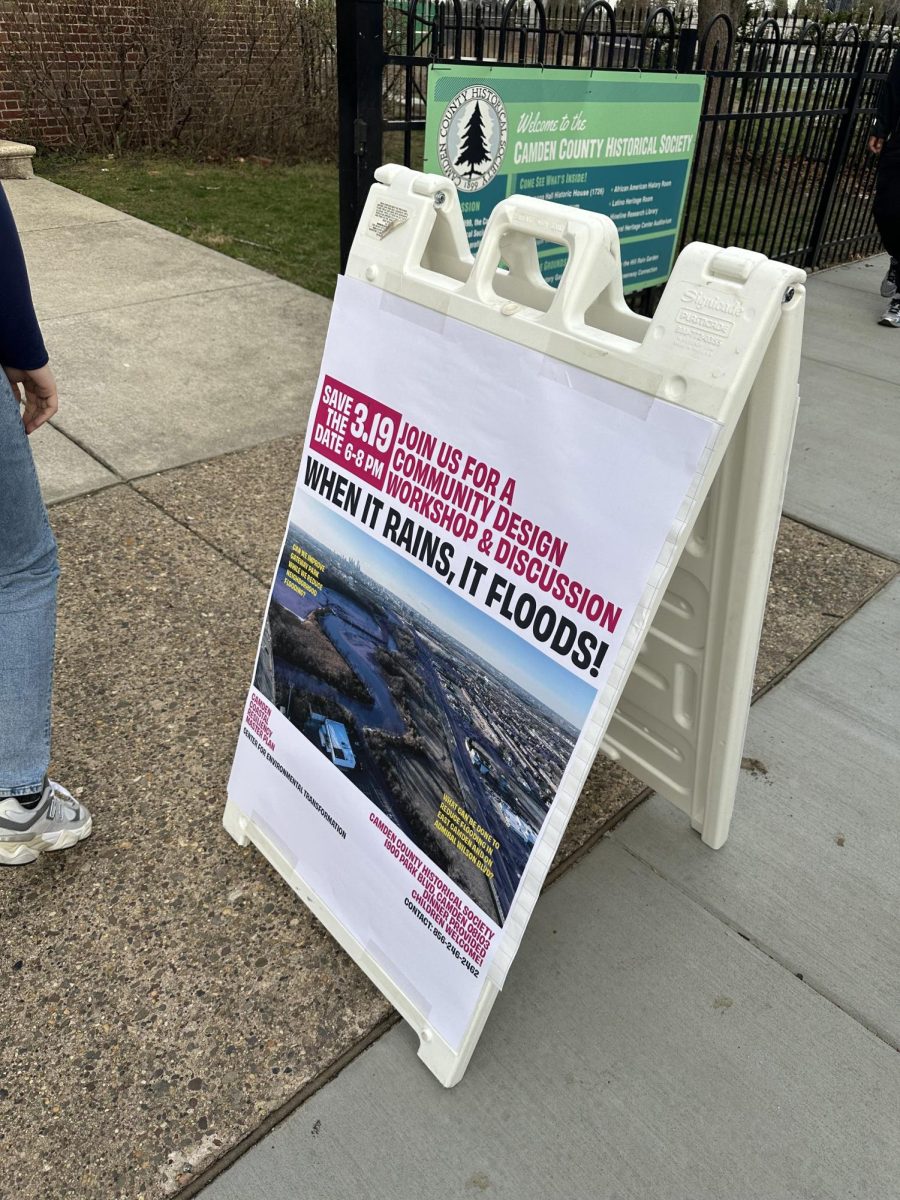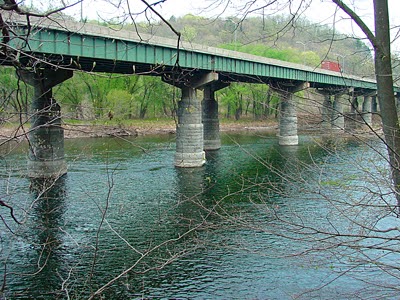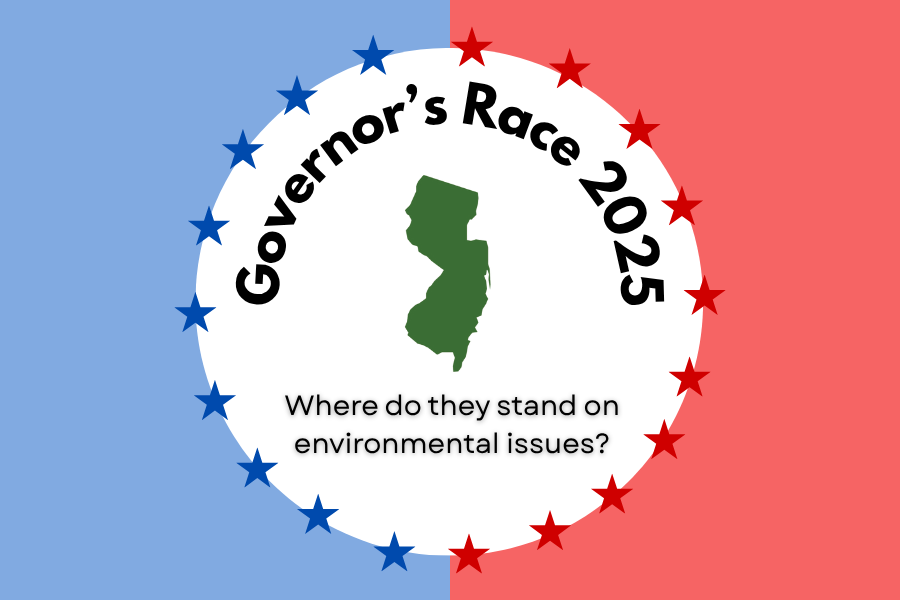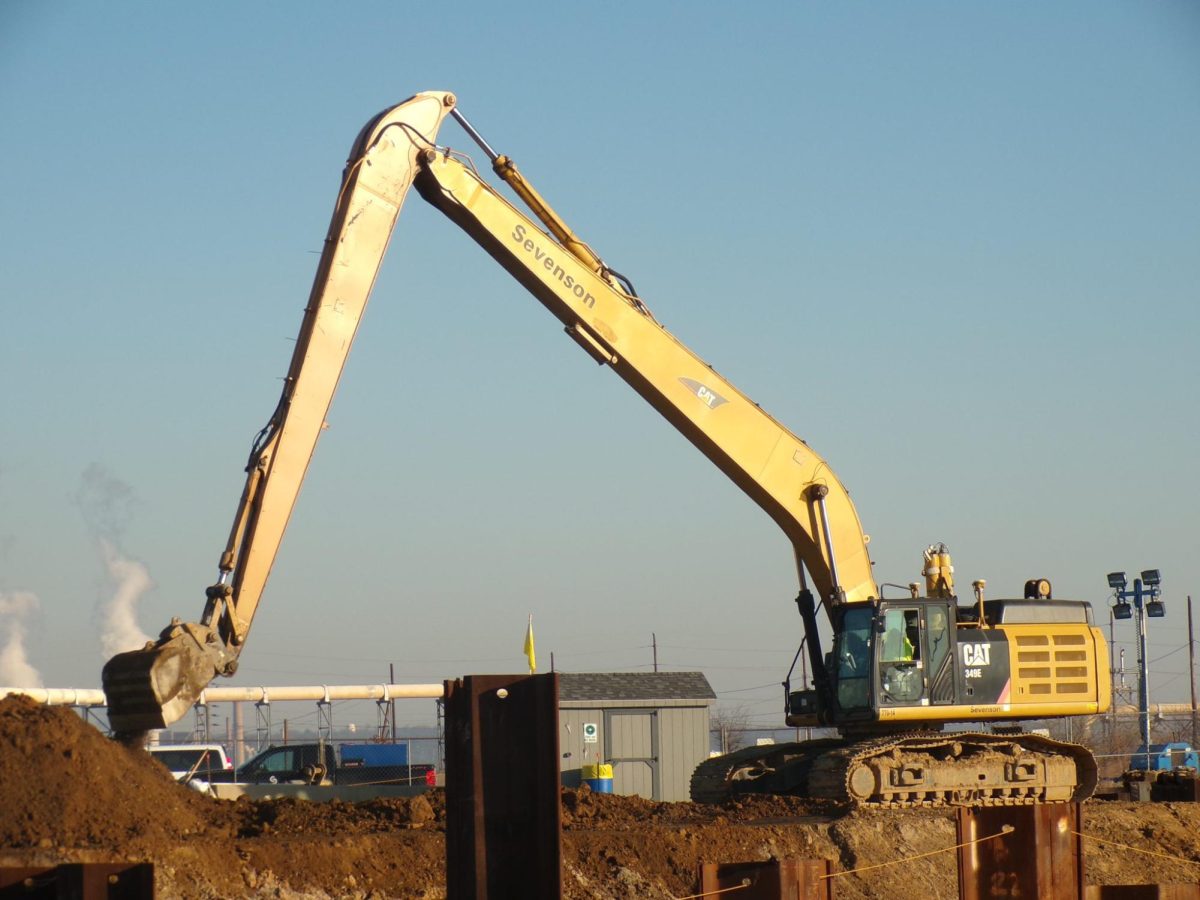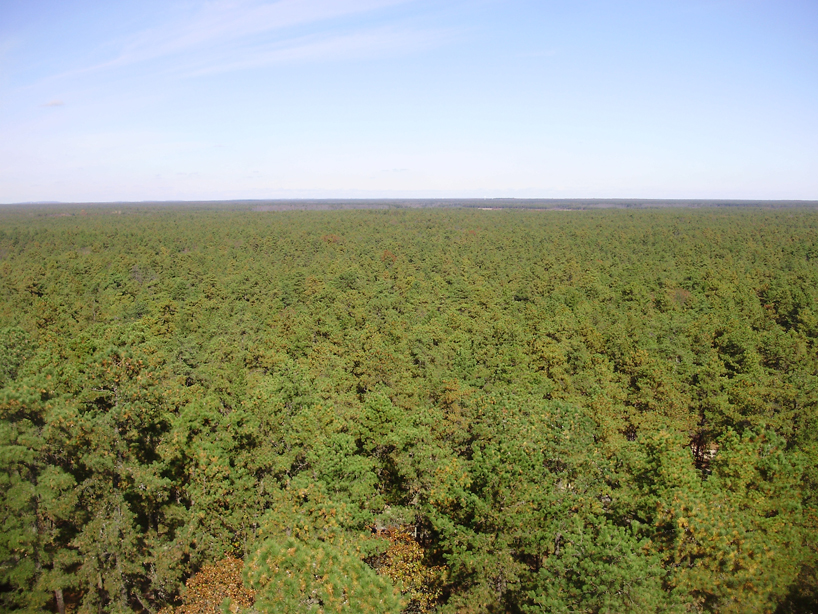With Gov. Phil Murphy signing legislation meant to increase AI development in New Jersey, residents of the state are likely well aware of the increasing prominence of the expanding new technology. However, residents may not know of the ways artificial intelligence is being used to combat environmental concerns in the state, such as those regarding flooding and agricultural practices.
For places impacted by flooding such as the Jersey Shore, Climate Central has introduced FloodVision, which combines rising sea level data with generative AI to create photorealistic visualizations of what towns may be experiencing in the future. Using a model called ClimateGAN, FloodVision can take photographs of real locations around the country and simulate visuals of extreme weather and flooding conditions.
“We can show visuals of what this could potentially look like, and it becomes very local because we’re going to places where people live, so we can show places they recognize. We don’t like to show homes or private residences, but we can show points of interest or locations that are recognizable,” said Daniel Krueger, Project Manager & Technical Field Producer at FloodVision, who is currently embarked on the Edge of America Tour, a six-month tour from Maine to Texas capturing images of these well-known locations.
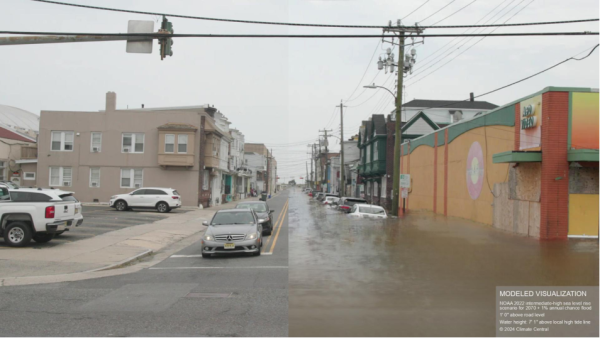
AI and the environment can be a difficult conversation. According to the International Energy Agency, artificial intelligence data centers used up 1.65 billion gigajoules of electricity in 2022. Widespread deployment of AI will only increase electricity use, a number that is expected to rapidly increase in the upcoming years. Furthermore, there are concerns over AI’s water usage, especially in a time where states such as New Jersey are facing droughts and wildfires.
Other issues associated with AI can hamper its use as a tool for addressing climate change, as the researchers at Climate Central and FloodVision have learned.
“With generative AI, one thing we have to be cautious about is that it tends to make things up, so that’s one thing that makes people sort of skeptical about generative AI,” said Dr. Scott Kulp, Principal Computational Scientist at Climate Central. “But in this project we are constraining it to only render water where we’ve directly measured where it should be in the image. That’s how we get it to be scientifically accurate. Just the actual visual of itself of the water is what’s generated.”
These visuals are a big deal in climate change communication and education. Not only do they help educate and alert residents of potential and projected conditions, they can also help governments advocate for themselves and their communities.
“One of the challenges city, county, and state governments have when an extreme storm is forecasted, is communicating those dangers to the residents and getting them to evacuate. It’s often really hard,” Kulp said. “Being able to give these renderings and say, ‘Okay, the water is projected to get this deep, or could get this deep if the storm gets real bad in this particular area,’ we hope that would help convince people threatened by the storm to evacuate and protect their property and lives.”
Krueger added, “We’re also finding that local government agencies or communities are interested in using these visuals to help get grants and get money for their communities. We’re going to be working with a Northwestern Florida community early in the new year who typically don’t get the funding that some of the more wealthy areas would get. They can show these visuals to help illustrate that.”
Flooding is not the only field where artificial intelligence can be implemented for climate-related change. AI-CLIMATE, a project created by the University of Minnesota Twin Cities, Colorado State University, Cornell University, Delaware State University, North Carolina State University, and Purdue University, is working on looking at ways to apply AI to agricultural practices.
According to the University of Minnesota Twin Cities, AI-CLIMATE is setting out to combine new developments in AI with knowledge and data from agriculture and forestry sciences in order to curb the effects of climate change, lift rural economies, create new AI-powered solutions, and more.
Gulnihal Ozbay, Director of Integrative Ph.D. Program in Agriculture, Food, & Environmental Sciences at Delaware State University, said that in practice, these AI solutions can take many forms.
For example, farmers can use drones to survey their animals and use the AI programs to detect animals’ stress levels via heat signals, as well as being able to pinpoint the sources of stress, whether that be terracide, drought, water overconsumption, or other causes.
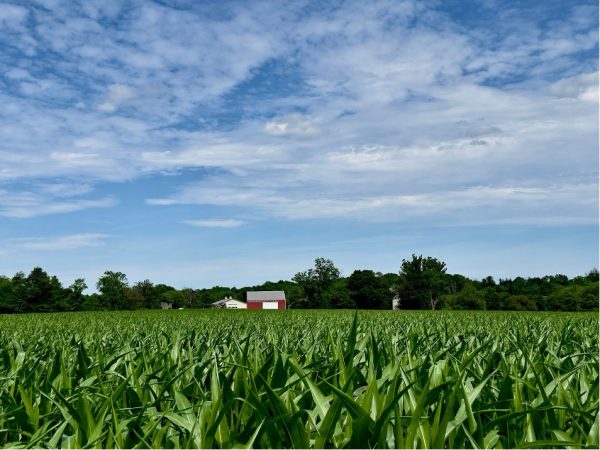
However, agriculture is not the only field impacted by AI-CLIMATE’s developments. These AI tools can help farmers recognize the more vulnerable parts of their practices, allowing them to create more sustainable and eco-friendly solutions.
“When you maintain soil health and environmental health on your farm, it also leads into better management of the environment around that part,” Ozbay said in reference to the larger environmental impact. Better farming practices lead to a better and more sustainable climate, fresher air, and cleaner water.
As artificial intelligence expands its domain, New Jersey is seeking to be on the forefront of that expansion.
“AI has already started to revolutionize our everyday lives, and New Jersey is capitalizing on this moment to ensure we establish ourselves as a frontrunner in generative AI innovation,” Murphy said in a press release by the New Jersey Economic Development Authority. “The creation of this program will support the growth of AI-related businesses, which could lead to scientific breakthroughs and lifesaving discoveries right in our backyard. AI will be a transformative industry that will change lives and grow our economy and New Jersey is ready to take the lead.”
Although AI can be a topic of controversy, it is important to be aware of all of its uses, including those that may be beneficial when navigating the future of climate change.

